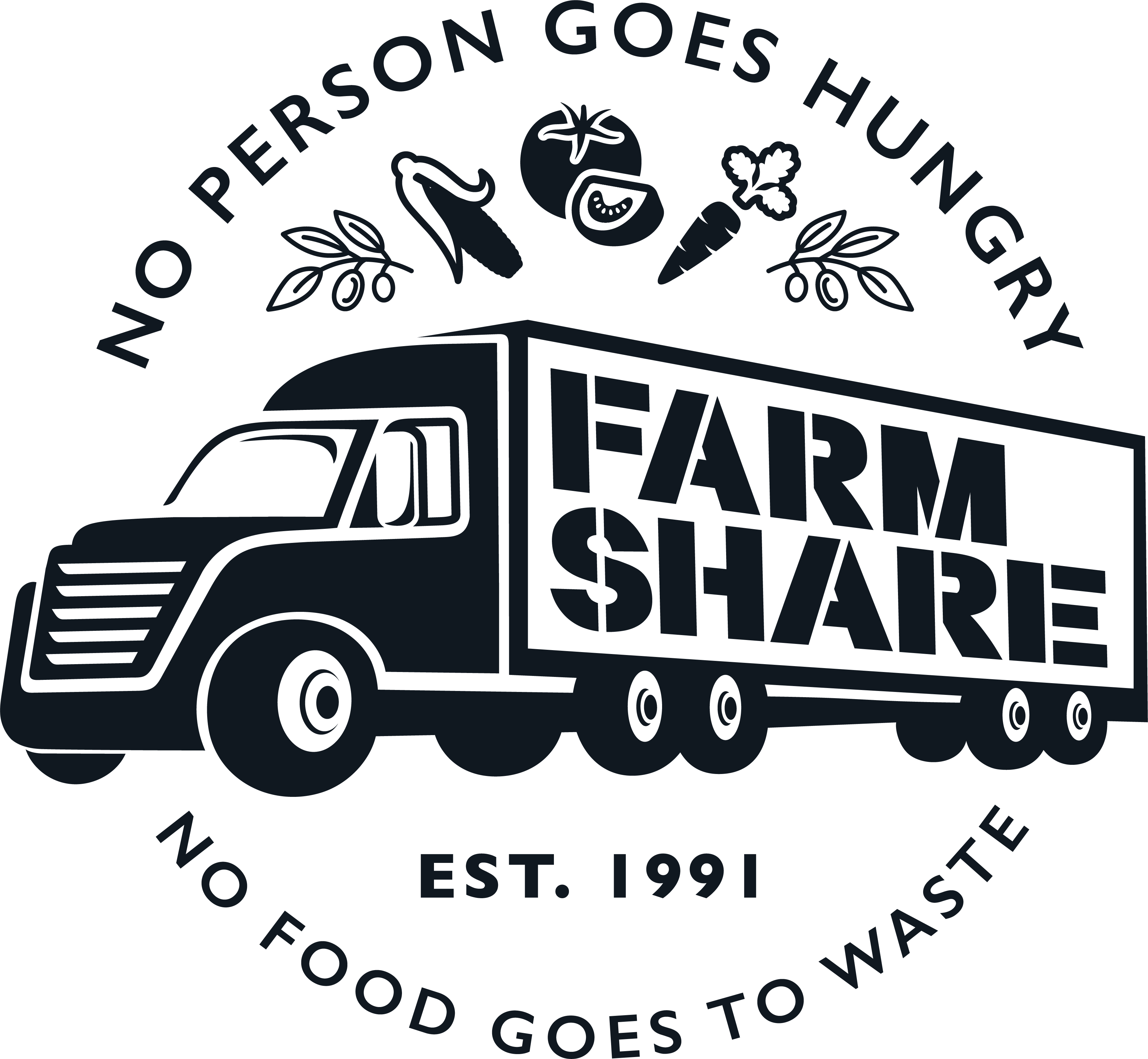Nonprofit
Elevating and Promoting Nonprofits’ Missions
5 Ways Nonprofits Can Use
Research to Break Through to Success
Ranked Top-5 PR FIrm for Nonprofit Communications
Our experience working with nonprofit organizations spans more than 100 organizations over the last two decades. From elevating a nonprofit’s visibility with its target audiences and within its community to advocating for legislative policies that preserve funding and enhance services, our team successfully and continuously helps organizations achieve their strategic and mission-critical goals.
Client sectors
education
healthcare
law and justice
clean energy
food insecurity
children’s welfare
financial literacy
safe driving
disaster preparedness
arts and culture
Capabilities
research
storytelling
branding and narrative development
advocacy and issues management
public awareness and education
partner development
media outreach
thought leadership
crisis communications
Storytelling is Key to a Nonprofit's Success
Despite their massive size and impact, most nonprofits are years behind in their communications strategy. Nonprofits have a unique set of communications needs, including recruiting volunteers, educating the public on their cause, soliciting donations, and communicating with a wide range of stakeholders like a board of directors, internal staff, volunteers, and funders. To complicate matters even more, many nonprofits are often understaffed and underfunded.
With such a lack of resources, nonprofits often don’t have the luxury of creating a robust communications plan as for-profit businesses do. Instead, they must focus on their bottom line -- bringing in donations. Unfortunately, without consistent and effective communications strategies, most nonprofits struggle to retain and sustain donors. If you don’t communicate your organization’s mission and programs and their value to society, how are people supposed to support them?
The most effective way to communicate a nonprofit’s goals is to turn it into a story. Stories are “sticky” – we remember them. A well-told story is fundamentally memorable because stories make us feel things. Stories can move us to action. Whether it’s to vote a certain way, to become a brand loyalist, or to donate your money or time, stories with strong emotional engagement, a clear rationale, and a sense of urgency can drive us to take desired actions.
How to Apply Storytelling to Nonprofits
- Find a protagonist who is sympathetic and relatable. This can be someone who has benefitted from your organization.
- Identify a “villain” – which could be poverty or homelessness, drug addiction, racial injustice, or other societal challenges. The “villain” is what the nonprofit is trying to overcome or prevent.
- Present the problem or dilemma that the protagonist must overcome.
- Identify how your organization helps the protagonist overcome this problem or dilemma. What is the resolution? How has their life improved because of your organization?
Need help telling you story?

REPRESENTATIVE CLIENTS

helios

Farmshare

can

nature cons
childrens movement
childrens movement

optima

impactfl
Advocate
Farm Share
Raising the Profile of Hunger
For nearly a decade, we’ve helped Florida’s oldest and biggest food bank keep its impact in front of policymakers and increase public engagement in its mission, including a $1M increase in state funding and 10% increase in volunteers.
Elevate
Children's Movement of Florida
Bosses for Babies
We elevated and promoted Children’s Movement of Florida’s initiative, Bosses or Babies, with a target campaign aimed at persuading employers to adopt and pledge to create family-friendly workplaces, which resulted in 1500 downloads of The Guide to Family-Friendly Workplaces.
Motivate
American Cancer Society
Cancer Action Network
We played an instrumental role in battles to fend off constant threats to progress in cancer prevention and treatment in multiple states, including Florida, Texas, and Oklahoma. Our communications strategies successfully helped pass or defeat legislation that preserved cancer research funds.
